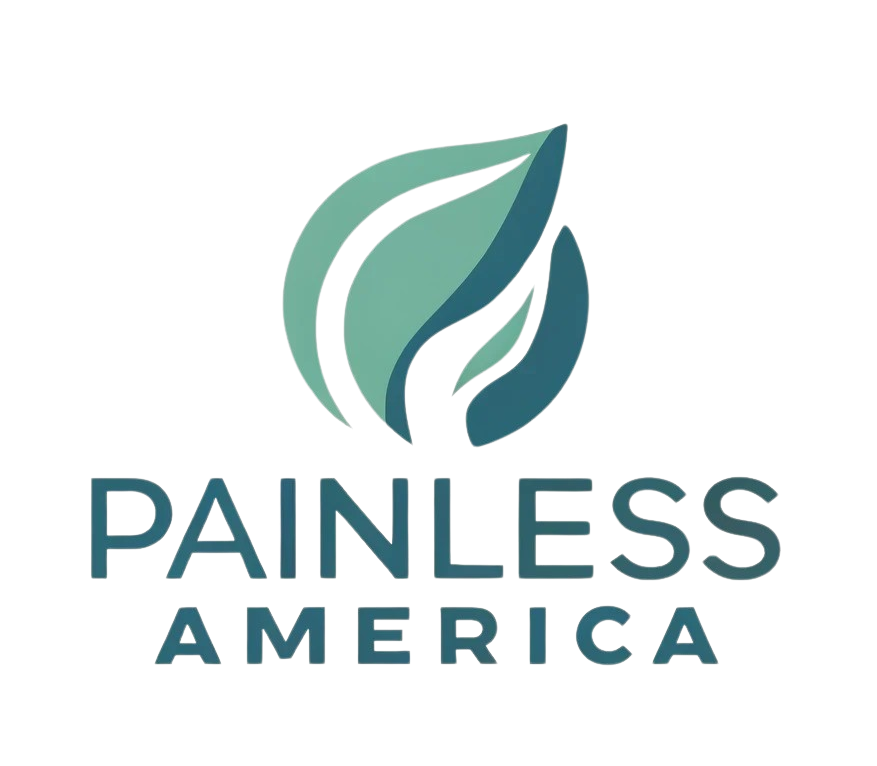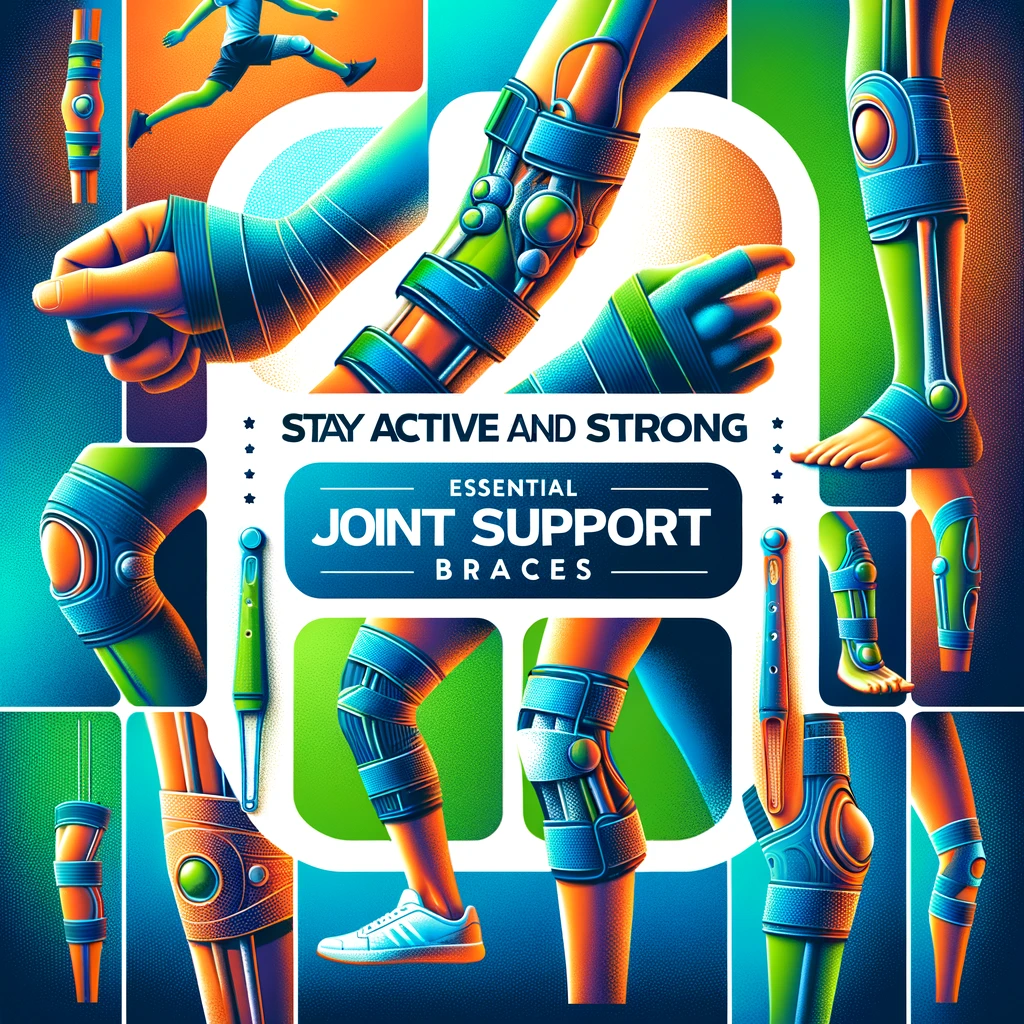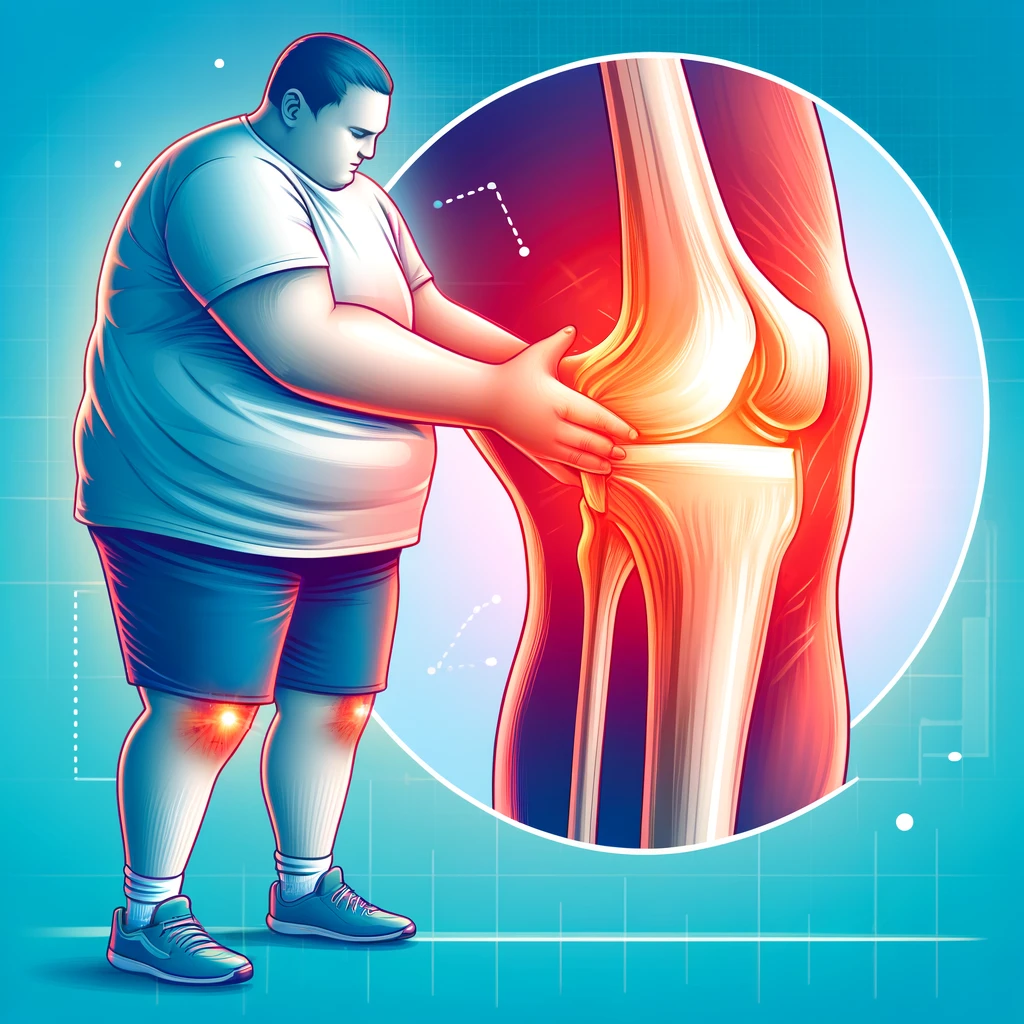
Table of Contents
Joint pain can be a debilitating condition, making even simple movements challenging and painful. However, staying active is crucial for maintaining joint health and overall well-being. One of the best ways to stay active despite joint pain is through adaptive sports. These sports are specifically designed or modified to meet the needs of individuals with physical limitations, including joint pain. In this article, we’ll explore the world of adaptive sports and how they can benefit those with joint pain.
What Are Adaptive Sports?
Adaptive sports are recreational and competitive activities that have been modified to meet the needs of individuals with physical disabilities. These sports allow people with joint pain and other physical limitations to participate in physical activity, stay fit and enjoy the many benefits of exercise. The concept of adaptive sports has evolved significantly over the years, with advancements in equipment and techniques making it possible for more people to participate.
Understanding Joint Pain
Joint pain can result from various conditions, including arthritis, bursitis, tendinitis and other inflammatory conditions. Symptoms often include swelling, stiffness and reduced range of motion, which can severely impact daily life and physical activity. Proper diagnosis and management are essential for maintaining quality of life and preventing further joint damage.
Benefits of Adaptive Sports for Joint Pain
Engaging in adaptive sports offers numerous benefits:
- Physical Benefits: Improved joint mobility, increased strength, and better cardiovascular health.
- Mental and Emotional Benefits: Reduced stress, improved mood, and increased self-esteem.
- Social Benefits: Opportunities to meet new people, build friendships, and join supportive communities.
Popular Adaptive Sports for Joint Pain
Several adaptive sports are particularly beneficial for individuals with joint pain:
- Swimming: Provides a full-body workout with minimal joint impact.
- Cycling: Low-impact exercise that improves cardiovascular health and leg strength.
- Yoga: Enhances flexibility, balance, and relaxation.
- Walking and Hiking: Simple activities that promote joint health and overall fitness.
Adaptive Equipment and Modifications
Adaptive sports often require specialized equipment or modifications to traditional sports gear. For example, adaptive bicycles with hand cycles, swimming aids like floatation devices and modified yoga poses can make sports more accessible. These adaptations ensure that individuals with joint pain can participate safely and comfortably.
Getting Started with Adaptive Sports
Starting an adaptive sports regimen involves several steps:
- Assessing Your Fitness Level: Understanding your current physical capabilities and limitations.
- Consulting with Healthcare Professionals: Seeking advice from doctors or physical therapists.
- Finding Local Programs and Resources: Looking for adaptive sports clubs, classes or community programs.
Tips for Safe Participation
Safety is paramount when engaging in adaptive sports:
- Warm-up and Cool-down Routines: Preparing your body for exercise and aiding recovery.
- Listening to Your Body: Recognizing and respecting pain signals to avoid injury.
- Staying Hydrated and Maintaining Nutrition: Ensuring proper hydration and a balanced diet for optimal performance.
Success Stories and Personal Testimonials
Real-life stories can be incredibly motivating. Many individuals with joint pain have found success and joy through adaptive sports. These stories often highlight significant improvements in physical function, mental health and overall quality of life.
Challenges and How to Overcome Them
Participation in adaptive sports can present challenges such as finding appropriate resources, managing pain, and overcoming mental barriers. Strategies to overcome these obstacles include seeking professional guidance, setting realistic goals and building a supportive network.
Combining Adaptive Sports with Other Treatments
Adaptive sports can be an excellent complement to traditional treatments for joint pain, such as physical therapy, medication and complementary therapies like acupuncture or massage. A holistic approach ensures comprehensive care and better outcomes.
The Role of Support Networks
Support from family, friends and community groups can make a significant difference. Joining support groups or online communities provides encouragement, advice and shared experiences that can be invaluable.
Adapting Sports for Different Age Groups
Adaptive sports can be tailored to suit different age groups:
- Children and Adolescents: Encouraging early participation for long-term benefits.
- Adults: Finding suitable sports that fit busy lifestyles.
- Seniors: Ensuring activities are low-impact and gentle on the joints.
Long-term Benefits and Maintaining Motivation
Long-term participation in adaptive sports leads to sustained benefits such as improved joint health, enhanced physical fitness and better mental health. Setting achievable goals, tracking progress and celebrating milestones are essential for maintaining motivation and commitment.
FAQs
Can adaptive sports cure joint pain?
No, adaptive sports cannot cure joint pain but can significantly improve symptoms and quality of life.
What is the best adaptive sport for someone with severe arthritis?
Swimming is often recommended due to its low impact on joints.
How can I find adaptive sports programs in my area?
Check local community centers, sports clubs and online resources for adaptive sports programs.
Do I need special equipment for adaptive sports?
Specialized equipment can enhance safety and performance but is not always necessary for all adaptive sports.
Can I start adaptive sports without consulting a doctor?
It’s advisable to consult with a healthcare professional to ensure the chosen sport is safe and suitable for your condition.



